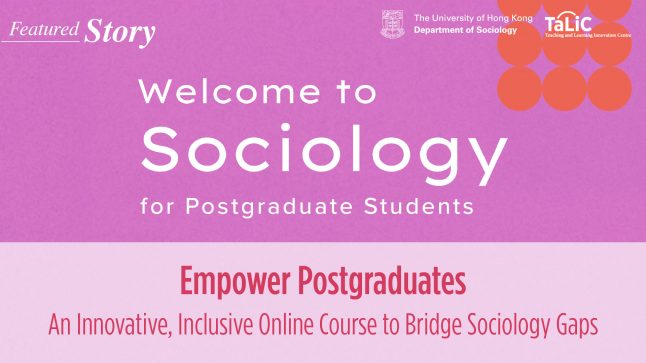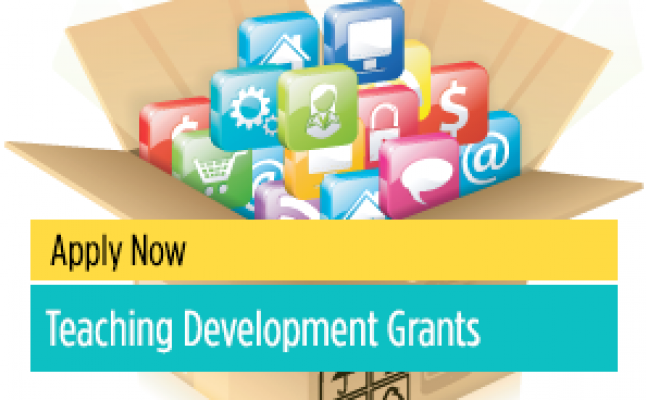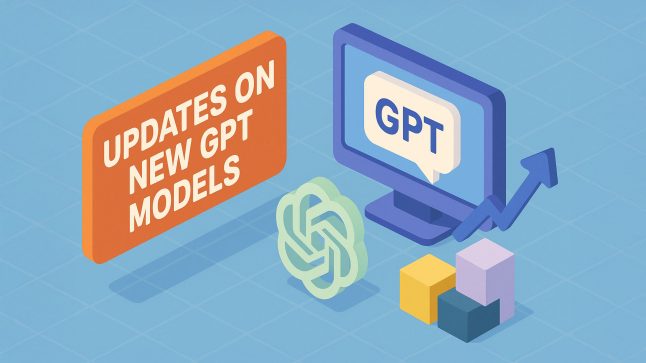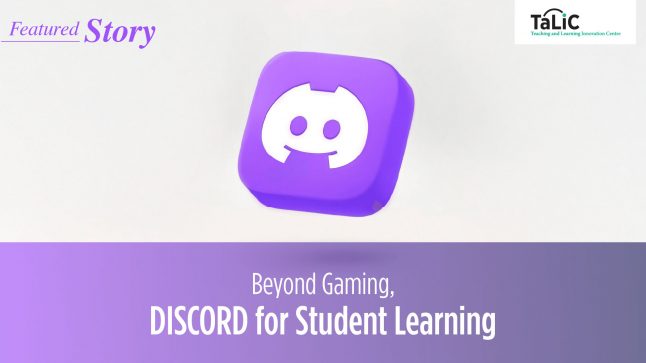
Part 1
There are various types and models of e-portfolios accommodating to a range of subjects and purposes. For instance, Danielson & Abrutyn (1997) separates e-portfolios into working, display, assessment and class. Some can be for pure showcasing of works over a period of time, while others can be for graded assessment in a course. Thus, the focus of e-portfolios can be on assessment or the learning process and student development (Buyarski & Landis, 2014). Formative or summative means of assessment would both be feasible. As another example, Buzzetto-More (2009) focuses on information literacy as pedagogical outcome, and proposes an Information Literacy E-Portfolio Model (see Fig.1). It involves different practicing stages of students – from strategizing, acquiring, processing and evaluation, synthesis, meta-cognition and self-evaluation, articulation and presentation to response to feedback.

Fig.1 Information Literacy E-Portfolio Model from Buzzetto-More, 2009
There is also a thread of research on incorporation of e-portfolios with other learning components (blended learning). For instance, Buyarski & Landis (2014, p.59) combines e-portfolios, first-year seminars and assessments together, which saw the intersection as a ‘maximiz[ing] efficacy of high-impact practices and assessment outcome.’ Luchoomun, McLukie & Van (2010) also explores collaborating Personal Development Plans (PDPs) with e-portfolio (blending with outcome based assessment). These e-portfolios can become a catalyst for ‘conversations among faculty and other stakeholders within departments…about common learning outcomes, coherence among courses and professional development (Chen & Penny Light, 2010, p.3).
Incorporating an e-portfolio in your course might sound overwhelming – that’s why we have set up a Community of Practice on E-portfolio to share experience and learn from each other. If you’d like to join us, please send us a message via enquiry@teli.hku.hk.
References
- Buyarski, C & Landis, C. (2014). Using an ePortfolio to Assess the Outcomes of a First-Year Seminar: Student Narrative and Authentic Assessment. International Journal of ePortfolio, 4(1), 49-60.
- Buzzetto-More, N. (2010) Assessing the Efficacy and Effectiveness of an E-Portfolio used for summative assessment. Interdisciplinary journal of e-learning and learning objects, volume 6, 61-85.
- Chen, H. L., & Penny Light, T. (2010). Electronic portfolios and student success: Effectiveness, efficiency, and learning. Washington, DC: Association of American Colleges and Universities.
- Danielson, C., & Abrutyn, L. (1997). An Introduction to Using Portfolios in the Classroom. Alexandria, VA: Association for Supervision and Curriculum Development.
- Luchoomun, D., McLuckie, J., & van, W. M. (January 01, 2010). Collaborative e-Learning: e-Portfolios for Assessment, Teaching and Learning. Electronic Journal of E-Learning, 8, 1, 21-30.








